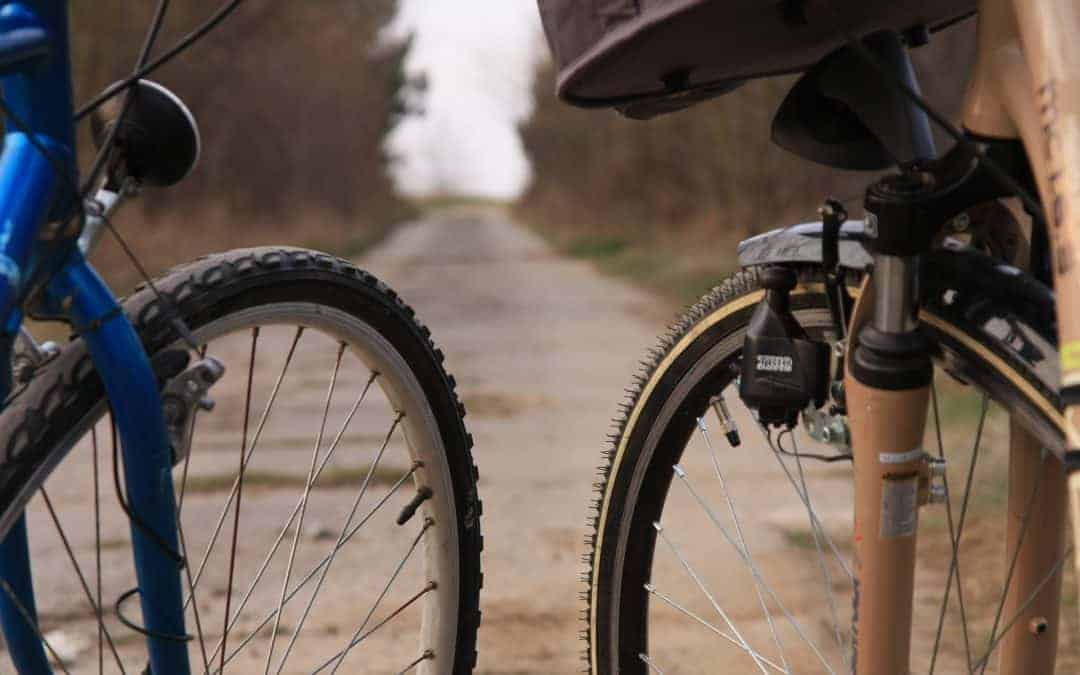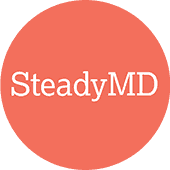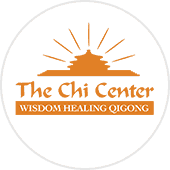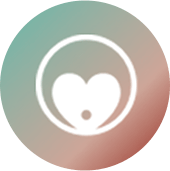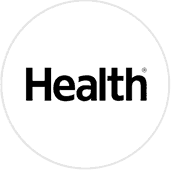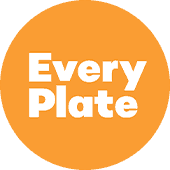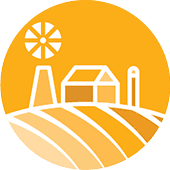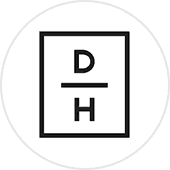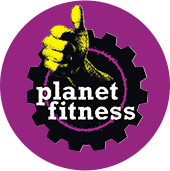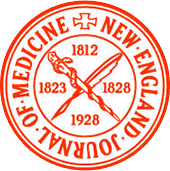It’s time for a special segment of the blog that we’re titling kNew lifestyle.
In this segment, we’ll explore one of the three pillars of the kNew lifestyle: how integrating movement into daily routine can become one of the most powerful drivers in your overall health.
It sounds simple, something we’ve been told since P.E. in elementary school (for those of us who grew up in the U.S.).
But the reality is most of us just don’t spend enough time moving in our daily lives. We drive to work, sit in offices, drive back and relax until it’s time to go to bed.
Intuitively, we all know we need to move more, but at the end of a long hard day, movement is often the first pillar of health to be ignored…and it’s taking a serious toll on our health.
Specifically, how a lack of movement affects mortality rates associated with disease
According to the CDC, the top three highest rates of death by disease are attributed to heart disease, cancer, and lower respiratory diseases[note]https://www.cdc.gov/nchs/fastats/deaths.htm[/note].
In fact, the first two account for more than 45% of the total and can be affected directly by movement…or lack thereof.
But enough about morbid facts and figures.
The point of this segment is not about the details that have haunted our culture for countless years, it’s about illuminating fun ways to integrate movement into our lives and have fun doing it.
Here at kNew Health we’re big fans of the bicycle, so let’s start there
If you’ve ever ridden a bike, even as a child, you know what a fantastic piece of machinery it is!
Its simplicity has sparked sundry designs, some better than others, but at its core a bike is just two wheels and an engine: YOU.
Plus, they’re a blast to ride, easy to come by and lend themselves to group or family activities too.
To help inspire you to give cycling another try, one of our employees, Nicho, shared his recent story about his experience with bikes:
Freedom on Two Wheels—How the simple act of bike riding inspired dramatic lifestyle changes
I have ridden my bike in a lot of places, but it took me a while to come to the realization that I am the engine for my bicycle.
The implications of thinking about my bike as a mode of transportation with my body as the driving force are numerous.
My lungs are the air intake and exhaust. My legs are the pistons, and my blood is the lubricant that makes everything run efficiently.
When I was first in college I used to ride my bike to class almost every day.
Then, when I moved farther from campus and was forced to cycle longer distances, I had to start taking into consideration almost everything I did—from the food I ate (which I called fuel), to the amount water I had consumed that day (my oil and radiator fluid), to the state of my cardiovascular and respiratory system.
As I took more stock in my daily choices and their effects on my “engine”, I started to notice there were very real and measurable consequences in the form of an easier or more difficult daily ride.
If I decided to gunk up my engine by putting in a greasy fuel, I felt the pistons having to work harder against the lethargy of my cardiovascular output.
You can imagine all the different choices that might sway that system in one way or another.
Once I had measurable and tangible results from my choices, the daily things I thought I couldn’t live without (burgers, lattes, 5 o’clock drink, etc.) became things of the past because I knew that I would feel them immediately on my way to class.
So the cycling forced me into making other positive lifestyle changes I would not have made otherwise.
Fast forward to today and I’m not nearly as athletic as I was in college (says everyone probably), but I got on a bike for the first time in a couple weeks to ride to work.
Let me tell you, even in the flat valley of Salt Lake City, I felt the struggle (damn that humongous cup of coffee I’d had earlier).
After a couple blocks of riding, I knew I was in for a morning of sweat and aching muscles.
My water tank was low, my fuel inadequate and the coffee that I couldn’t leave the house without felt like it was causing the gears to grind.
When I finally made it to work, despite exhaustion and being out of breath, after 10 miles of cycling I felt more alert than I have in months at 9AM.
Since then, I’ve stuck with it. And, just like it did in college, the simple practice of riding my bike is forcing me to make the lifestyle changes I should have been making all along anyway.
And I have no intentions of stopping.
How you can get motivated to move more today
While we know not everyone can ride to work or school or wherever daily life takes you, the point is to incorporate movement in little ways.
Because, like Nicho, the more you do it the more it will inspire you to make those other lifestyle changes that promote lifelong health.
If bike riding isn’t your thing, try some of these other 19 simple ways to get more movement in your life:
- Going on a hike after work on Thursdays
- Walk to the grocery store
- Do a couple squats at your desk
- Run up and down the driveway to get the mail
- Take the stairs whenever you can
- Consider a treadmill desk
- Get the whole family involved with a rousing game of hide and seek or tag
- Join a gym or group workout session
- Volunteer to clean up some trails or roads
- Take up a sport
- Go for a swim
- Mow your neighbor’s lawn
- Hit the track at your local park
- Try out a stress-busting movement routine like Qigong, yoga, or tai chi
- Walk your dog twice a day instead of once…don’t have a dog? Offer to walk a friends’ dog
- Do a few pushups when you wake up, and a few sit-ups before bed…then try and beat the number throughout the weeks
- Dance, dance, dance!
- Instead of sitting while you watch TV, why not walk on the treadmill or do a few interval moves?
- Observe your children and copy them. Seriously, kids move all the time. If you mimic even 5-10% of what they do, you’ll exceed your movement quota quickly
Whatever the movement that speaks to you, start moving…and don’t stop!
-The kNew Health Team
P.S. To read commonly asked questions or to contact us, click here
